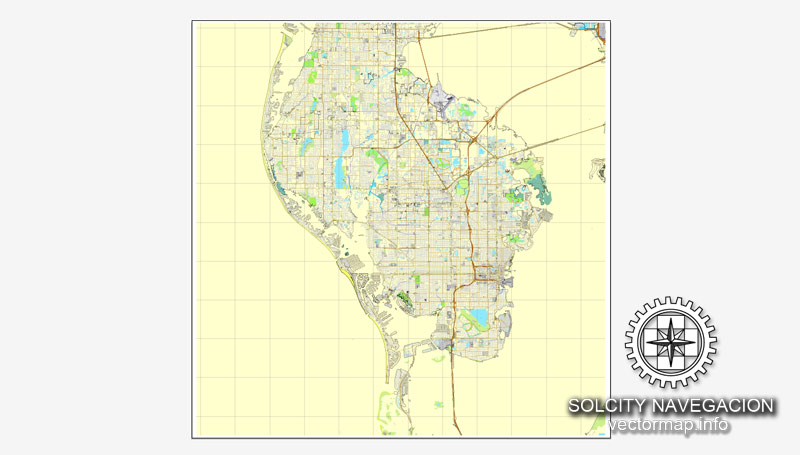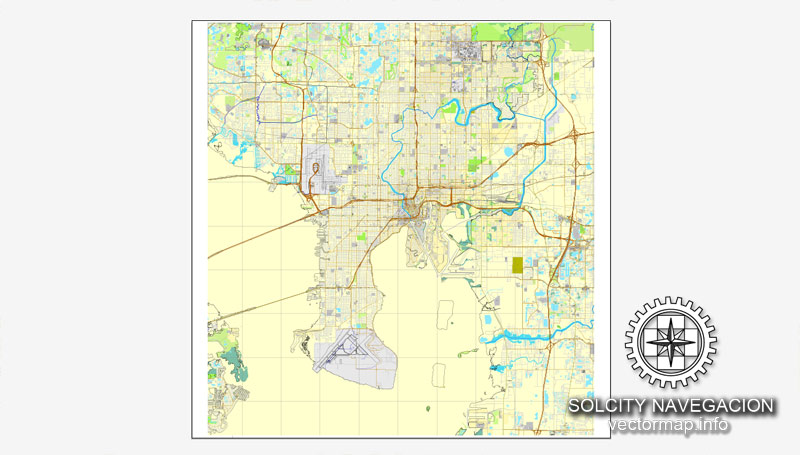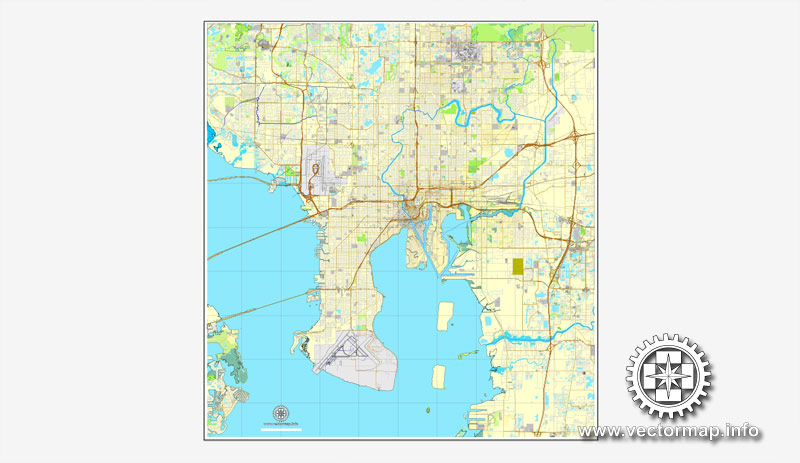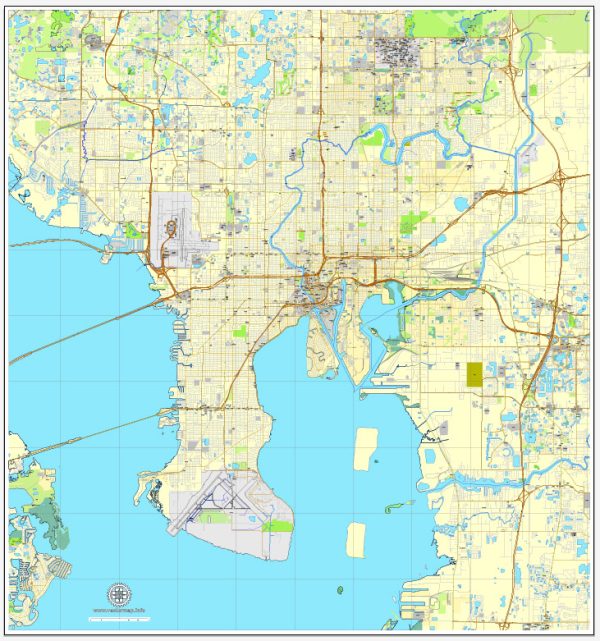Tampa, Florida, has a rich and diverse history that reflects the broader history of the United States. Here is an overview of the key historical events and developments in the area:
- Indigenous Peoples: Before European contact, the Tampa Bay area was inhabited by indigenous peoples, including the Tocobaga and Calusa tribes. These native communities relied on fishing and agriculture and had a complex social structure.
- Spanish Exploration: In 1513, the Spanish explorer Ponce de León is believed to have been the first European to set foot in the Tampa Bay area. Spanish explorers and settlers established missions and forts in the region during the 16th and 17th centuries.
- British and Spanish Rule: The area switched between Spanish and British control during the 18th century as European powers vied for control of Florida.
- The United States: In 1821, the United States acquired Florida from Spain, and the area that would become Tampa started to see increased American settlement.
- Fort Brooke: In the 1830s, the U.S. Army established Fort Brooke in the area, which later became a focal point for the settlement of Tampa.
- Civil War: Tampa played a role in the American Civil War, with Fort Brooke used by Confederate forces. Union troops captured the fort in 1864.
- Post-Civil War Growth: After the Civil War, Tampa began to grow as a trading and transportation hub, with the development of industries such as cigar manufacturing and phosphate mining.
- Cigar Industry: Tampa became known as the “Cigar Capital of the World” due to the large number of Cuban and Spanish immigrants who brought their cigar-making skills to the city. Ybor City, a historic neighborhood in Tampa, was a center of cigar production.
- Spanish-American War: Tampa played a significant role in the Spanish-American War in 1898, as the departure point for American troops heading to Cuba.
- 20th Century Growth: Tampa continued to expand in the 20th century, with the development of industries, tourism, and the growth of the MacDill Air Force Base.
- Cuban Influence: The Cuban community in Tampa has had a profound impact on the city’s culture, particularly in the areas of food, music, and traditions.
- Civil Rights Movement: Tampa was also a site of civil rights activism, with African Americans and other minority groups fighting for their rights and an end to segregation.
- Modern Tampa: Today, Tampa is a vibrant and diverse city known for its cultural events, professional sports teams, and a thriving economy. It is also home to the University of South Florida and hosts numerous annual events and festivals.
Tampa’s history is a complex tapestry of Indigenous, Spanish, British, and American influences, and it has evolved into a major metropolitan area in Florida, with a rich cultural heritage.





 Author: Kirill Shrayber, Ph.D.
Author: Kirill Shrayber, Ph.D.